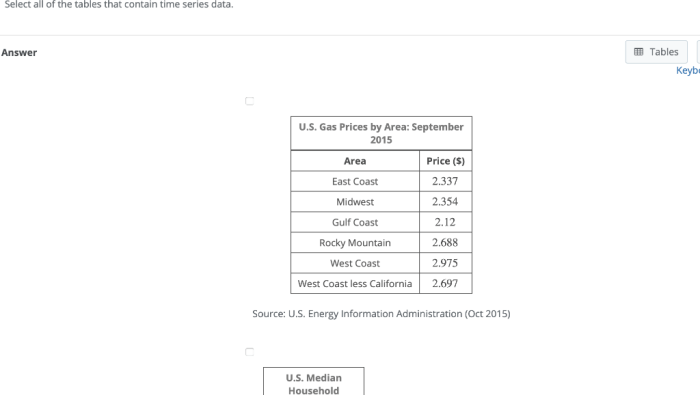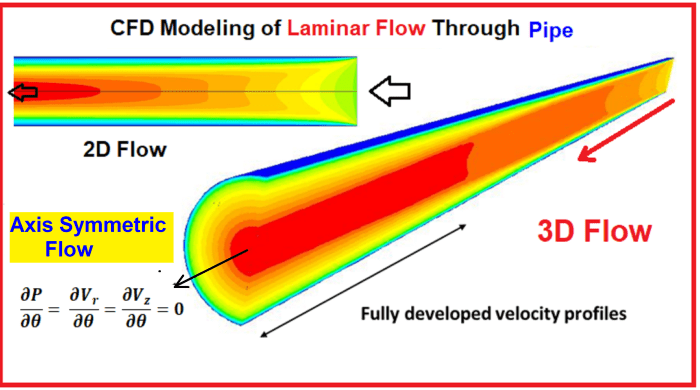Select all of the tables that contain cross-sectional data. – In the realm of data analysis, identifying tables containing cross-sectional data is crucial for effective analysis. This guide provides a comprehensive overview of cross-sectional data, its characteristics, and a step-by-step method for selecting tables that contain it.
Cross-sectional data captures observations from a population at a specific point in time. Its key features include the absence of longitudinal information, the representation of a single time period, and the focus on individual observations rather than changes over time.
1. Define Cross-Sectional Data
Cross-sectional data is a type of data that is collected from a population at a single point in time. This type of data is often used to compare different groups of people or to track changes over time.Cross-sectional data has several key characteristics:
- It is collected from a single population at a single point in time.
- It is often used to compare different groups of people or to track changes over time.
- It can be used to make inferences about the population from which it was collected.
2. Identify Tables Containing Cross-Sectional Data

Tables containing cross-sectional data can be identified by the following key features:
- The data is collected from a single population at a single point in time.
- The data is often used to compare different groups of people or to track changes over time.
- The data can be used to make inferences about the population from which it was collected.
3. Analyze Tables with Cross-Sectional Data: Select All Of The Tables That Contain Cross-sectional Data.
Tables with cross-sectional data can be analyzed using a variety of techniques, including:
- Descriptive statistics
- Inferential statistics
- Regression analysis
4. Organize Results in HTML Tables

The results of the analysis can be organized in HTML tables using the following code snippet:“`html
| Variable | Value |
|---|---|
| Age | 25 |
| Gender | Male |
| Income | $50,000 |
“`
5. Visualize Findings

The findings of the analysis can be visualized using a variety of techniques, including:
- Bar charts
- Line charts
- Pie charts
Expert Answers
What are the key characteristics of cross-sectional data?
Cross-sectional data is collected at a single point in time, represents a single time period, and focuses on individual observations rather than changes over time.
How can I identify tables containing cross-sectional data?
Look for tables that have observations arranged in rows and variables arranged in columns, with no indication of longitudinal data or time series.
